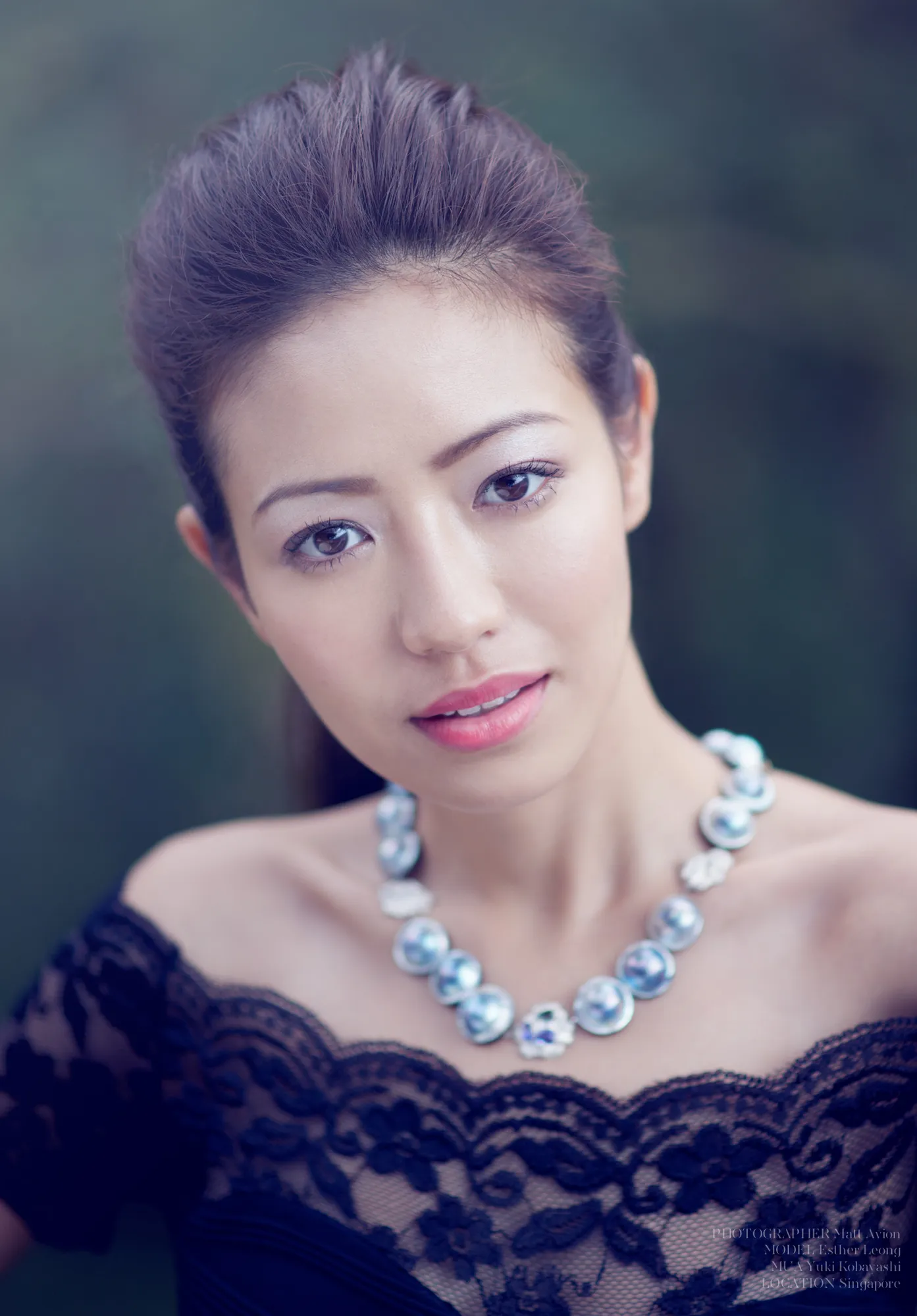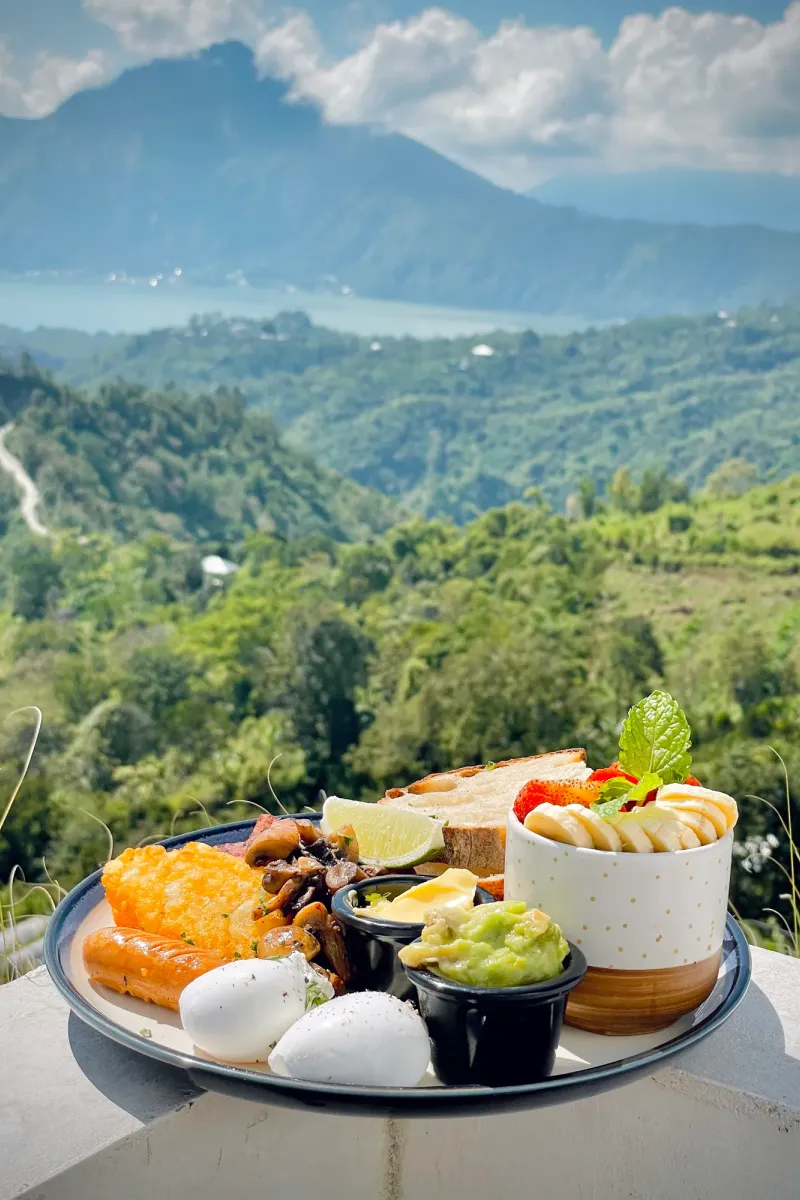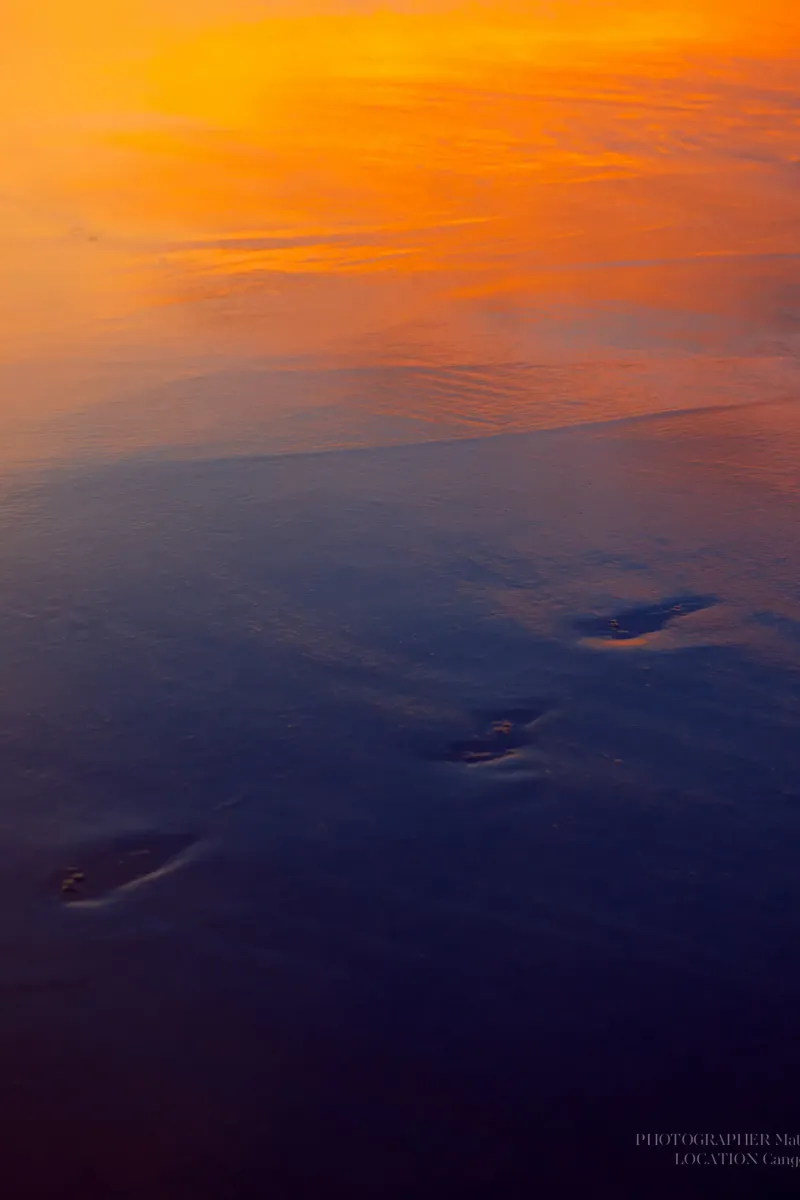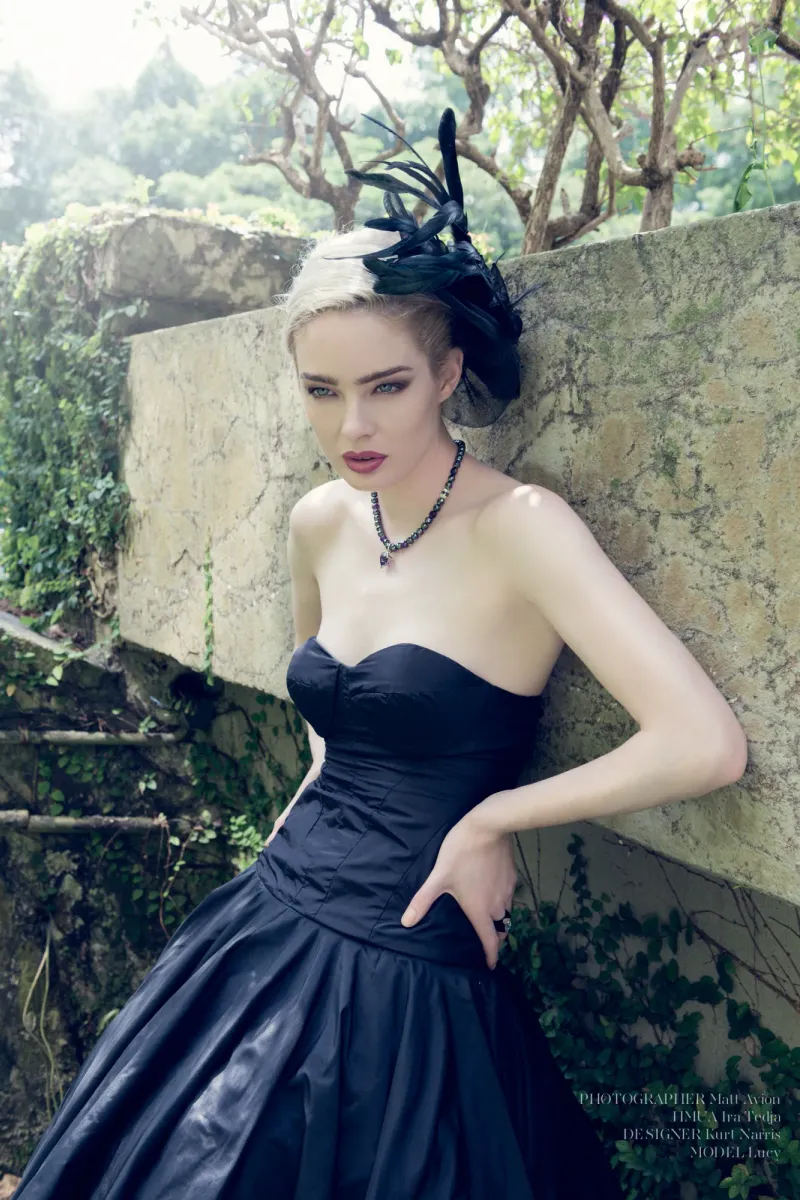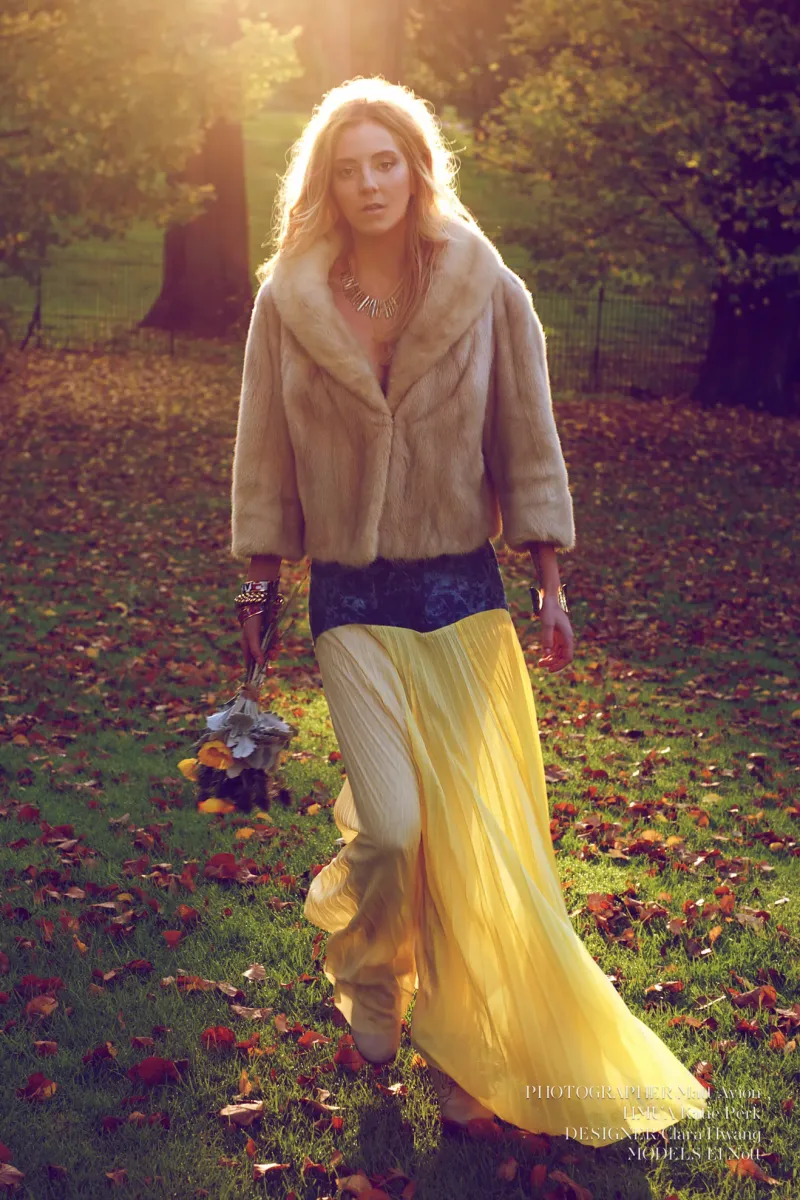Pride Behind the Lens
The morning light filtered through Singapore's lush canopy, casting dappled shadows across our makeshift outdoor studio as I prepared to photograph an intricate collection of jewelry for a Malaysian artist. The delicate pieces demanded both technical precision and artistic sensitivity, and my Nikon D800 hung ready at my side, the 85mm f/1.8 lens already mounted – a combination I knew would capture the ethereal quality we were after.
That's when I made my first mistake.
Watching Esther, our model, prepare for the shoot, I felt that familiar tension creep in. Having worked with dozens of models, I'd developed certain... expectations. When she mentioned having trouble with her contact lenses, I'm ashamed to admit I jumped to conclusions. My response was terse, bordering on dismissive. "We're already behind schedule," I muttered, more to myself than anyone else.
With temperatures already climbing past 25°C and humidity levels that made every movement feel like swimming through warm silk, we positioned ourselves in one of Singapore's verdant green spaces. The morning sun had reached that perfect angle where it transformed everything it touched into liquid gold. Yet instead of appreciating this gift of perfect natural lighting, I was focused on my watch and my preconceptions.
"Actually," Esther's voice cut through my internal monologue, "I have a medical condition that makes wearing contacts difficult." Her tone remained professional, but her words stopped me cold. "I just needed a moment to ensure they were properly seated."
The weight of my assumptions hit me like a tropical downpour. Here I was, a supposed professional, making judgments based on nothing but tired stereotypes about models and their priorities. The grace with which she handled my impatience only magnified my embarrassment.
What followed was nothing short of a masterclass in professionalism – not from me, but from Esther. Despite my earlier behaviour, she worked with remarkable precision, understanding exactly how to position the jewelry to catch the natural light. Each piece, from delicate pendants to intricate rings, came alive against the black lace of her dress.
The technical aspects fell into place almost effortlessly. The D800's ability to handle the contrast between bright tropical sunlight and deep shadows proved invaluable. That f/1.8 aperture created a dreamy bokeh that complemented the jewelry's elegant design, while maintaining crystal clarity where it mattered most.
But the real achievement that day wasn't technical at all.
"These shots are beautiful," Esther commented during our review session, genuinely excited about the results. Her kindness in moving past my earlier behavior taught me more about professionalism than any workshop or manual ever could.
The final images captured something beyond mere jewelry photography. They documented a moment of personal growth, where preconceptions melted away like morning mist in the Singapore sun. The soft, ethereal quality in the photos wasn't just about perfect natural lighting or ideal camera settings – it reflected the genuine connection that emerged once I stepped past my own biases.
Looking at the images now, I'm reminded that our greatest limitations as photographers often have nothing to do with our equipment or technical skills. Sometimes, they're the invisible barriers we build in our minds, the hasty judgments we make before truly seeing the person in front of our lens.
That day in Singapore's green spaces, I set out to capture the beauty of a jewelry collection. Instead, I learned a valuable lesson about humility, prejudice, and the importance of seeing people – truly seeing them – rather than viewing them through the clouded lens of assumption.
